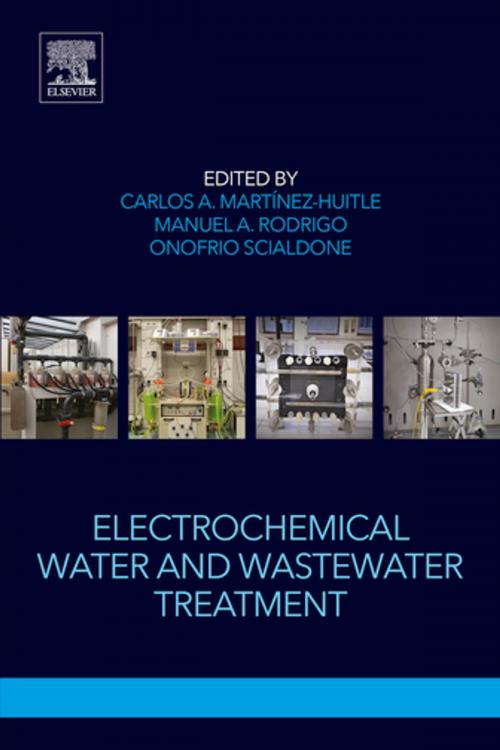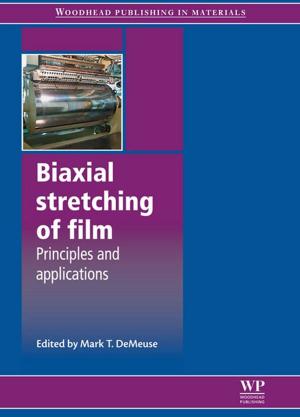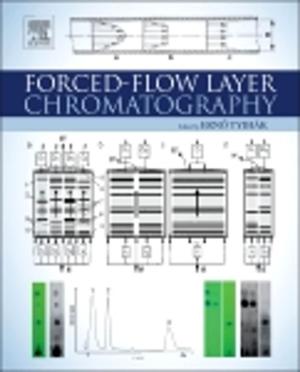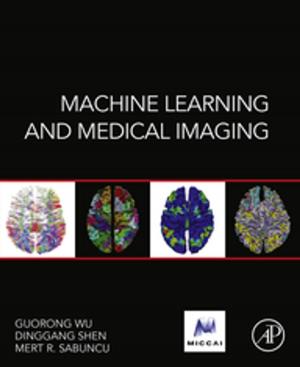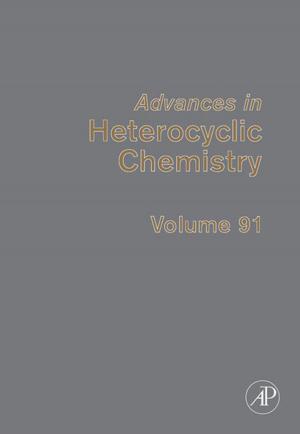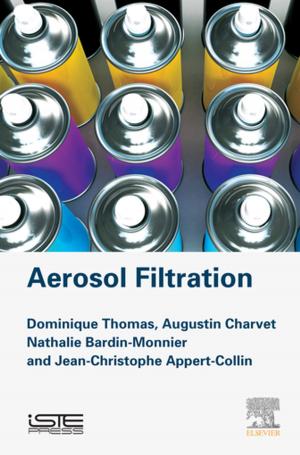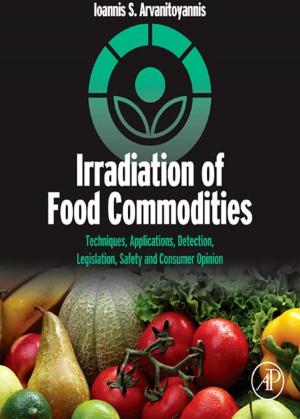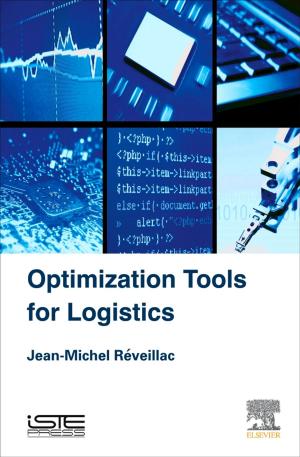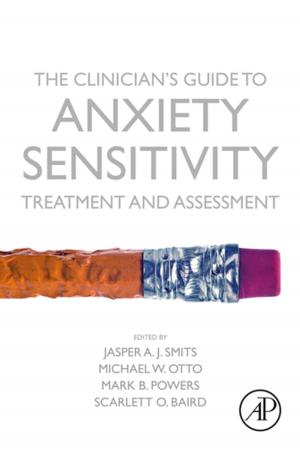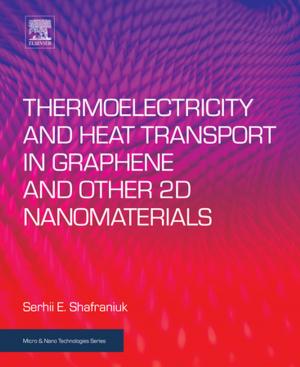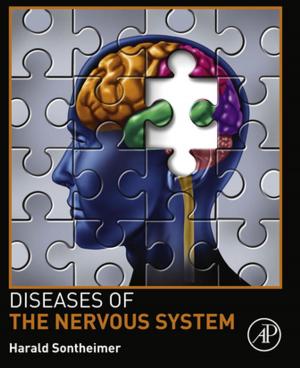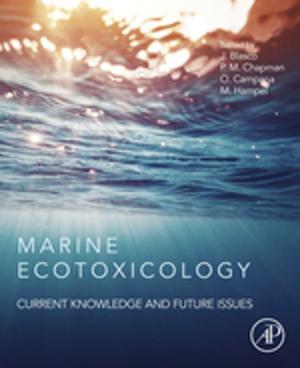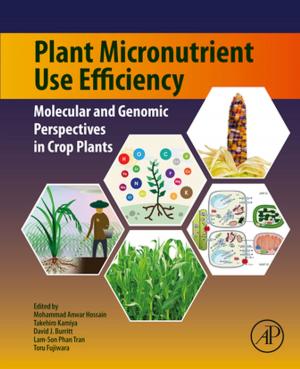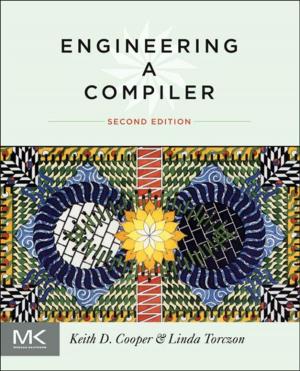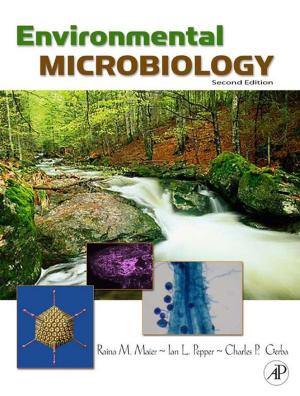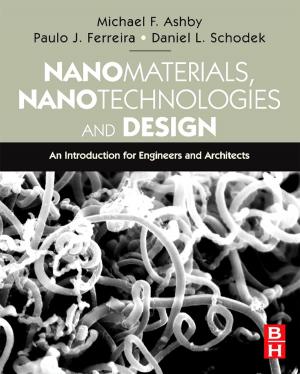Electrochemical Water and Wastewater Treatment
Nonfiction, Science & Nature, Technology, Engineering, Environmental| Author: | ISBN: | 9780128131619 | |
| Publisher: | Elsevier Science | Publication: | May 29, 2018 |
| Imprint: | Butterworth-Heinemann | Language: | English |
| Author: | |
| ISBN: | 9780128131619 |
| Publisher: | Elsevier Science |
| Publication: | May 29, 2018 |
| Imprint: | Butterworth-Heinemann |
| Language: | English |
Electrochemical Water Treatment Methods provides the fundamentals and applications of electrochemical water treatment methods to treat industrial effluents. Sections provide an overview of the technology, its current state of development, and how it is making its way into industry applications. Other sections deal with historical developments and the fundamentals of 18 methods, including coupled methods, such as Electrocoagulation, Peroxi-Coagulation and Electro-Fenton treatments. In addition, users will find discussions that relate to industries such as Pulp and Paper, Pharmaceuticals, Textiles, and Urban/Domestic wastewater, amongst others. Final sections present advantages, disadvantages and ways to combine renewable energy sources and electrochemical methods to design sustainable facilities.
Environmental and Chemical Engineers will benefit from the extensive collection of methods and industry focused application cases, but researchers in environmental chemistry will also find interesting examples on how methods can be transitioned from lab environments to practical applications.
- Offers an excellent overview of the research advances and current applications of electrochemical technologies for water treatment
- Explains, in a comprehensive way, the fundamentals of different electrochemical uses and applications of different technologies
- Provides a large number of examples as evidence of practical applications of electrochemistry to environmental protection
- Explores the combination possibilities with other treatment technologies or emerging technologies for destroying water pollutants
Electrochemical Water Treatment Methods provides the fundamentals and applications of electrochemical water treatment methods to treat industrial effluents. Sections provide an overview of the technology, its current state of development, and how it is making its way into industry applications. Other sections deal with historical developments and the fundamentals of 18 methods, including coupled methods, such as Electrocoagulation, Peroxi-Coagulation and Electro-Fenton treatments. In addition, users will find discussions that relate to industries such as Pulp and Paper, Pharmaceuticals, Textiles, and Urban/Domestic wastewater, amongst others. Final sections present advantages, disadvantages and ways to combine renewable energy sources and electrochemical methods to design sustainable facilities.
Environmental and Chemical Engineers will benefit from the extensive collection of methods and industry focused application cases, but researchers in environmental chemistry will also find interesting examples on how methods can be transitioned from lab environments to practical applications.
- Offers an excellent overview of the research advances and current applications of electrochemical technologies for water treatment
- Explains, in a comprehensive way, the fundamentals of different electrochemical uses and applications of different technologies
- Provides a large number of examples as evidence of practical applications of electrochemistry to environmental protection
- Explores the combination possibilities with other treatment technologies or emerging technologies for destroying water pollutants
